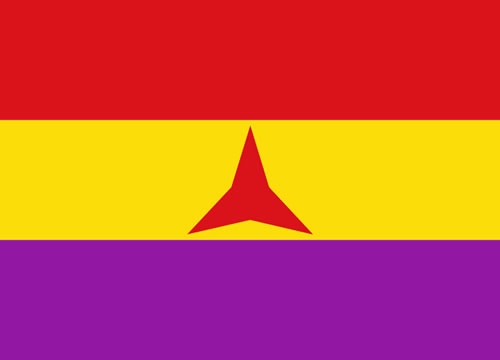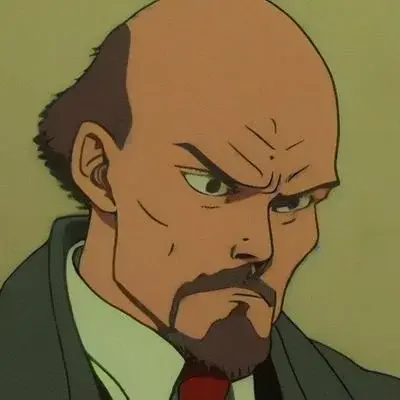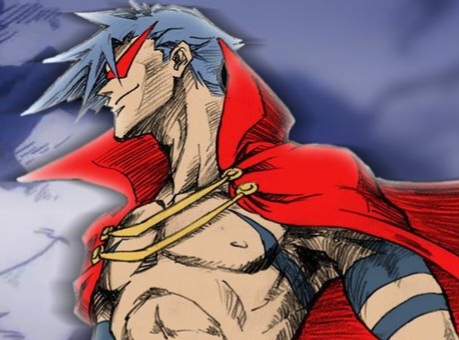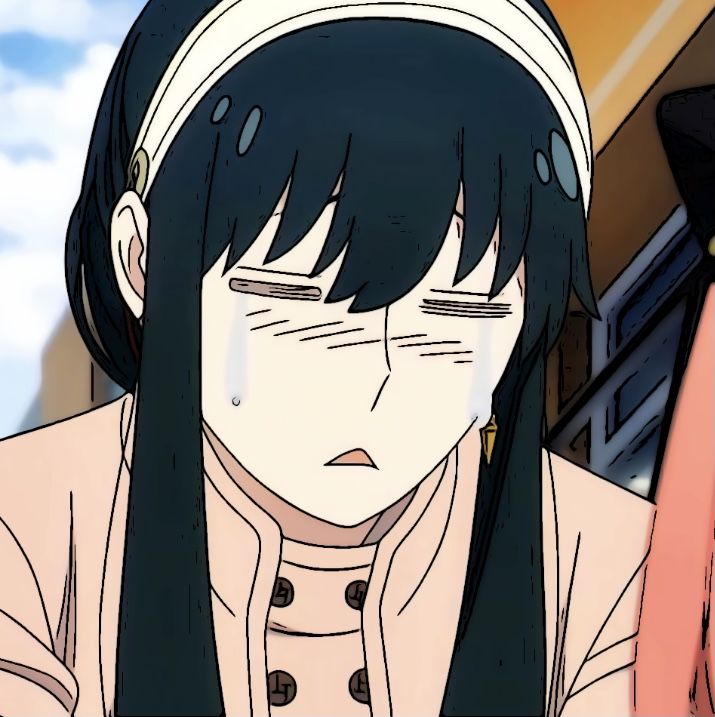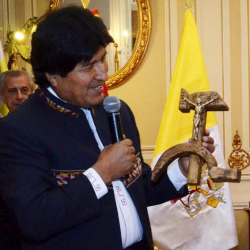Subcomandante Marcos, It was the guerrilla name of Rafael Sebastián Guillén Vicente, who was the main spokesman and military commander of the Mexican indigenous armed group called the Zapatista Army of National Liberation (EZLN), which made its public appearance on January 1, 1994, when they launched a military offensive in which they took over six municipal capitals in the southern Mexican state of Chiapas, demanding democracy, freedom, land, bread and justice for the indigenous people. His face covered by a balaclava went around the world as a symbol of resistance. On May 25, 2014, he announced his retirement from the leadership of the guerrilla group.
Born June 19, 1957, in Tampico, Mexico. He is the son of Spanish immigrants from Zamorano, and studied at a Jesuit high school in Tampico. In his hometown he did his first letters, later he went to the cities of Guadalajara and Monterrey to continue his studies, and then he entered the Universidad Autónoma de México, where he graduated in Philosophy and Letters, with the thesis work Philosophy and education: discursive practices and ideological practices in elementary school textbooks. He is a former professor at the Universidad Autónoma Metropolitana (UAM) in Mexico City, which he left at the age of 24 to move to Chiapas and become an advocate for the rights of the indigenous people of Chiapas.
Marcos, at the head of the Zapatista Army of Zapatista Liberation, took six cities in the state of Chiapas on January 1, 1994, among them San Cristóbal de las Casas. After twelve days of confrontations and numerous dead and wounded, talks began between the EZLN and the government.
In February 1996, government and guerrilla delegates signed an agreement in San Andres on the rights of the indigenous community, but months later, the EZLN accused President Zedillo’s government of not complying with the agreements and the dialogue between the parties was interrupted.
After the electoral defeat of the Institutional Revolutionary Party (PRI) in the July 2000 elections, the leader of the National Action Party (PAN) and new president of the Republic, Vicente Fox, appointed former senator Luis Alvarez, Commissioner for Peace in Chiapas. Alvarez had been part of the Commission for Concord and Pacification (COCOPA) charged with drafting a bill summarizing the spirit of the accords which the Zapatistas demanded full compliance with.
Fox proposed to resume talks with the guerrillas and Marcos accepted, even committing himself to travel to the federal capital of the state to restart negotiations on the agreements signed in 1996. The EZLN leader stated, in a crowded press conference held one day after the president’s inauguration, that the guerrilla’s demands to recover the dialogue included the withdrawal of the army from the area, the fulfillment of the San Andres Accords and the release of imprisoned EZLN activists.
In his first days in office, Fox ordered the release of forty Zapatista prisoners, a partial withdrawal of the army troops stationed in Chiapas and the sending to Congress of the bill on indigenous rights agreed upon in 1996. Marcos responded to the measures with the call for a great Zapatista march that would leave for the capital to present the demands of the guerrillas to Congress. A fragile détente in the conflict had been achieved, but it was broken in a few months. The EZLN requested that the indigenous caravan to Mexico City be escorted by the International Committee of the Red Cross (ICRC) but the government, under pressure from the business community and the army, blocked this possibility. Fox accused the guerrillas of not giving a favorable response to the government’s measures and paralyzed the military withdrawal and the release of prisoners, while Marcos accused the president of appearing to be interested in solving the conflict without seeking a real solution for peace in Chiapas.
On February 24, 2001, the promised Zapatista march to the Mexican Congress began. Fifteen days after starting the journey and after traveling more than 3,000 kilometers through the poorest areas of the country, the Zapatista caravan led by Subcomandante Marcos arrived at the Zócalo square in Mexico City. The leader of the insurgent guerrilla expressed his intention to remain in the capital until the parliamentary approval of the bill granting the autonomy demanded by the ten million Mexican indigenous people was obtained. On March 12, EZLN representatives held a first meeting with the Commission for Concord and Pacification (COCOPA), a step prior to the meeting between the guerrillas and representatives of the Mexican Congress and Senate.
In August 2005 and in his first public appearance since the spring of 2001, Marcos announced in Chiapas his intention not to support any of the presidential candidates in the 2006 elections and harshly criticized the country’s progressive formations, especially the PRD presidential candidate and former mayor of Mexico City, Manuel López Obrador. The Subcomandante also stated that the imminent integration of the Zapatista movement into the Mexican political system would take place through the constitution of a broad leftist front.
On January 1, 2006 Marcos, now Delegate Zero, began a tour of the 32 Mexican states to promote the Other Campaign, to gather support for the so-called "National Program of Anticapitalist and Leftist Struggle. In it, he seeks to listen to the Mexican people, to those who are organized and to those who are not, “to all those who from below and to the left seek to change the current state of society”, always governed by certain principles, such as: anti-capitalism, horizontality, equity and several others that the movement itself will define as it moves forward (Sixth Declaration of the Lacandon Jungle).
The nature of this initiative implies a distance from the three most important political parties in Mexico and their candidates for the presidency, making it clear that the project of building a new country does not involve support for this or that candidate, but for the struggle itself.
The electoral process has already begun and someone is going to come and tell you that if you support him he will solve everything. We are coming to tell them that we are not going to solve absolutely nothing, nor are we coming to bring them solutions, but rather problems, and the invitation to join with the comrades who are rising up in other parts of the country to build the new Mexico.
About the political class (The impossible geometry? of Power in Mexico) it has been mentioned that the PAN “is today led by the ultra-right wing organization El Yunque, is the nostalgia for the burning of the ballots of the 1988 election and the co-government with the PRI”, of the PRI “the creator of the State party system, that of the imposition of neoliberal policies that have destroyed the foundations of Mexico” of Roberto Madrazo, whom he describes as “a shameful and criminal thief”, of the PRD the party of “tactical errors”, of Andrés Manuel López Obrador “the image of Carlos Salinas de Gortari built by AMLO is, in reality, a mirror”. Regarding President Fox, he has “given to businessmen all the money that was collected in aid (for victims of Hurricane Stan), while the humble people are still waiting” (“No candidate will change the situation of exploitation”).
On May 3, 2006 the municipal police of Texcoco tried to expel the flower vendors from the Belisario Dominguez market. Inhabitants of San Salvador Atenco supported the Texcoco protest. A day of violence began, resulting in a multitude of injuries, two deaths (Javier Cortés Santiago and Alexis Benhumea), hundreds of people arrested and several disappeared. As a result of these events, the EZLN, via Delegate Zero, declared a red alert and indefinitely suspended the Other Campaign’s route in demand of the unconditional and immediate liberation of all prisoners.
On May 25, 2014, in a press conference before media sympathetic to his cause who attended the tribute to José Luis Solís López, better known as “Galeano,” a Zapatista killed on May 2 in the community of La Realidad, the military chief of the Zapatista Army of National Liberation (EZLN) announced through a communiqué his retirement from the leadership of the guerrilla group. He was accompanied by six commanders of the Clandestine Revolutionary Indigenous Clandestine Committee and Subcomandante Insurgente Moisés, whom he had announced in December 2013 as his successor in command.
“In the cabaret of globalization, the state shows itself as a table dancer that strips off everything until it is left with only the minimum indispensable garments: the repressive force.”
Subcomandante Marcos
Megathreads and spaces to hang out:
- 📀 Come listen to music and Watch movies with your fellow Hexbears nerd, in Cy.tube
- 🔥 Read and talk about a current topics in the News Megathread
- ⚔ Come talk in the New Weekly PoC thread
- ✨ Talk with fellow Trans comrades in the New Weekly Trans thread
reminders:
- 💚 You nerds can join specific comms to see posts about all sorts of topics
- 💙 Hexbear’s algorithm prioritizes comments over upbears
- 💜 Sorting by new you nerd
- 🌈 If you ever want to make your own megathread, you can reserve a spot here nerd
- 🐶 Join the unofficial Hexbear-adjacent Mastodon instance toots.matapacos.dog
Links To Resources (Aid and Theory):
Aid:
Theory:
Badempanada got unbanned in twitter by using the same reason again “being mass reported for his conservatives views” its hilarious how easy is to get unbanned in musk’s twitter

How long till reban?
I say a few months, he got away with a lot last time, he made fun of idf dead, he doxxed a few argentinian libertarians, made fun of usa veterans, harrassed a bunch of libs, he was only banned when he doxxed a french neolib and got mass reported by his followers
I think caring about Youtubers is the twelfth type of liberalism or whatever but when he goes in on US veterans it heals my bitter soul
I can only wish for a fraction of his posting power

Kinda fucked up that we say “shark-infested waters”, “crocodile-infested waters”, dude it’s THEIR water. WE’RE the interlopers.
Considering how old those species are that’s kind if the ecological equivalent of how boomers own all the property.
boomer-infested suburbs
Boomer-infested property market really tracks.
Gentrifying the waters with koi ponds 🥰
People are too hyped for Shadow of the Erdtree to pay attention to the fact that you will lose access to the DLC and even Elden Ring itself when you die in real life. This is a serious consumer rights issue, but I guess gamers like their little treats too much to even consider boycotting the game.
bury me with my steam account
In Dialectics of Nature, Engels outlines three key laws of dialectics–one of which being ‘the law of the transformation of quantity into quality and vice versa.’ This law of dialectics (commonly framed around the ‘paradox of the heap’) is widely-applicable to a range of phenomena, for instance, the difference between a ‘game with quick-time events’ and a ‘rhythm game’. In this essay I will
‘is The Thousand-Year Door a rhythm game’, the most controversial post on GameFAQs, locked after 1243 pages of both arguing about the game in question and also other games also brought up by people attempting to form a coherent set of games that constitute ‘rhythm games’
excerpt from the thread in question
Does DDR cease to be a rhythm game if you disconnect your television’s speakers? If a song is badly charted, is that chart no longer part of a ‘rhythm game’?
Even if that second question is answered with no, I still own you here, because now our definition of ‘rhythm game’ is ‘game with mechanics centering consecutive outputs spaced coherently and intuitively across a time threshold that are integrated into the core gameplay loop’ and unless you’re seriously going to argue that rhythm is a function inexorably tied to the sound that you are currently hearing (ever heard of implied notes buddy? JAZZ?) (ALSO, if so, then fuck it, the ORCHESTRA is a rhythm game. Are you fucking hearing yourself? I’m sorry, but it’s past your bedtime and you have school tomorrow) then YES. TTYD is a rhythm game. Go back to NeoGAF, loser
Fuck. We need to get this guy some class consciousness and theory and put him in the vanguard of the posting wars.
This would unironically be a sick ass essay
Everything in my life has led to me reading and understanding this comment perfectly. It has drained me of all my power.
yeah i’m MtF
going monday through friday just trying to get through this work week
 . ain’t that right, Bill?
. ain’t that right, Bill?mouth to feed
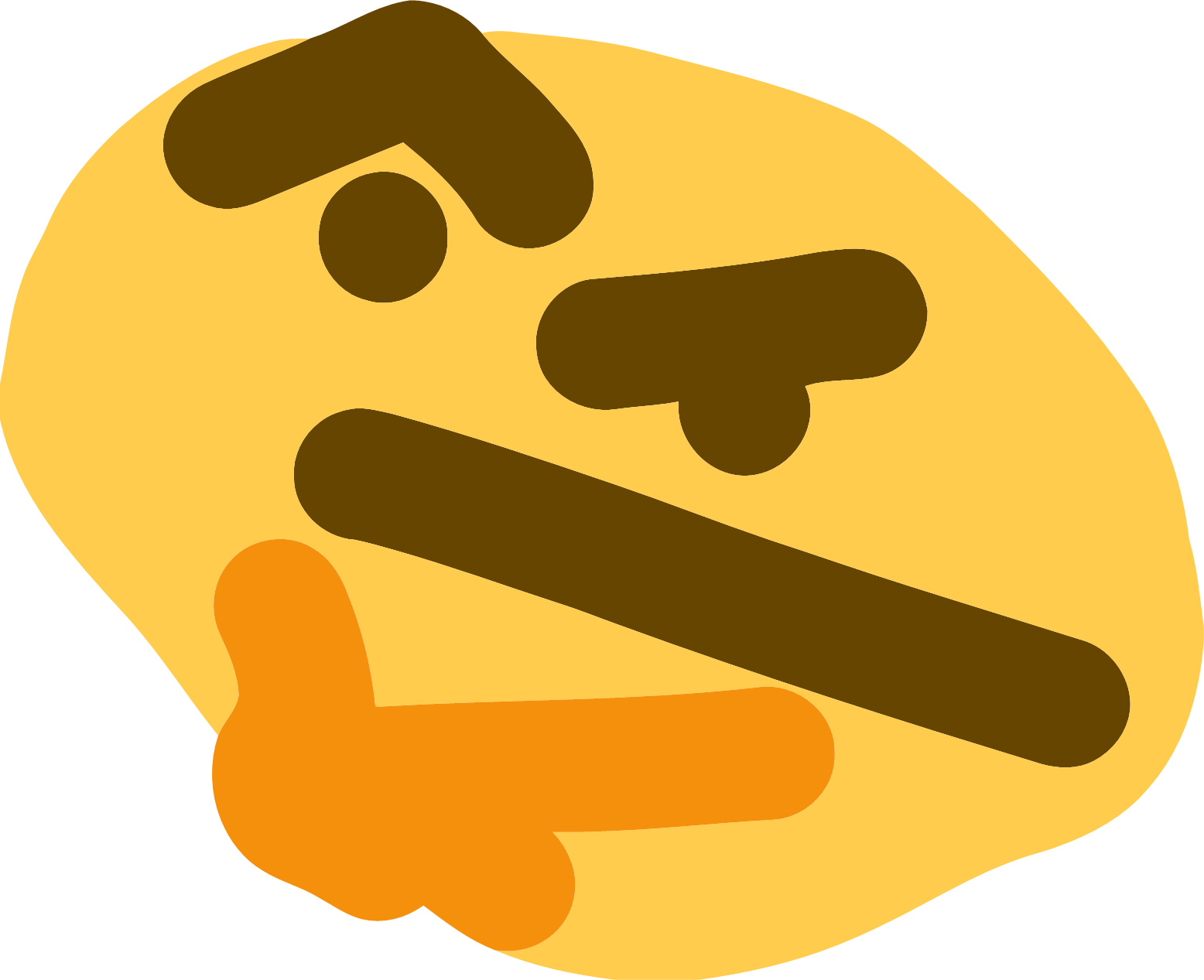
Yeah I’m MtF, Made to Fart, Aint that right Beanis boys?



Made to Fart, Forced to Shid


Why are people shocked that a very old man would not want to be around people who have a virus that would fuck him up? lmao
LET HIM COOK
Not cis, not trans, but a secret third thing :3
 When I discovered that it existed I was like, Woah. It cracked my brain wide open for a few days.
When I discovered that it existed I was like, Woah. It cracked my brain wide open for a few days.The varieties of human experience possible outside the norm… cool as hell
Welcome back btw, I missed your posting!
I do love to see em

What nawwww, thank you

Cisn’t?
We’ve made it big, my work has officially blocked Hexbear as “other adult materials”
At the same time they’ve also started deep packet inspection so my Mullvad TCP port doesn’t work now

time to shadowsock your way out of this jam (or it also doesn’t work?)
broke a coworkers brain when i told her i was a communist. she made a comment about biden being old as shit and i laughed and she asked me if i was political and i said “yea but not in the way you think” and then i dropped it. she’s from FL so she was kinda taken aback “i’ve never had anyone tell me that before” and i just laughed and she said i should move to china (jokingly i think, but it was showing her ass a bit) and i told her i would in a heartbeat but i don’t know the language and they wouldn’t let me move there anyway because i’m not skilled labor. her reaction was pretty funny tho, she just got kinda “what the heck” for a few minutes like i told her the sky was actually purple.
idk i hope it leads to her asking me a bunch of shit
Since elden ring dlc is coming out heres a little primer for yall
You’re a fking casual and playing the game wrong if you use any spell, use any incantation, use any summon, use a weapon skill, jump attack, charge attack, heavy attack, dodge, backstep, parry, block, dash, upgrade any weapon or level up your character in any way.
you look at the screen? Like a literal child?
In all seriousness I hate the mentality of “these are hard single player games and the only way to really beat them it to git gud” when the series has always encouraged using co-op to accept help from others and help them out in kind
The whole point of the series is that not everyone is up to it alone and that if we aren’t then we should aid one another to overcome these challenges, that’s what being a sunbro is all about
Definitely looking forward to the influx of players, multiplayer is gonna be active as hell
I’ve got nothing against challenge runs or speed runs but those shouldn’t be the metric the average player is judged by
my coworker has been having long calls with her boyfriend at her desk lately and it seems like a catastrophic relationship
I am working on increasing my homosexuality. Hopefully to levels previously inconcievable.




you’re an inspiration
 nawwwwww just furthering the state of Gay Being y’know
nawwwwww just furthering the state of Gay Being y’know 
Started my first full time job ever. I’ve been in the workforce for nearly 2 decades and been unemployed for most of that time. This is really sapping my mental energy
Congrats on the new job

It took me like a year to get used to working full time and not being exhausted all the time
Best part is when you start dreading/resenting your weekend plans because you’d rather sleep/do laundry/tidy the house/do the shopping/cook
:pain:

mario galaxy is almost 17 years old

george bush was president when mario galaxy came out
my high school-aged brother is younger than mario galaxy. he is currently scouting colleges

galaxy is too 9 years ago-coded to be almost double that fam

Seeing games I still think of as “newer” becoming old is very depressing
I remember a few years ago being shocked that xbox 360 is considered “retro”, then realized the console was significantly older than the snes waa when I was a kid and it was considered retro.
But… Wait… galaxy is one of the newer Mario games.
still can’t believe how good the music in that game is. just the waltz that plays in the hub is absolutely heavenly.
gusty garden is actually a contender for top 10 game tracks. It’s so fucking good













